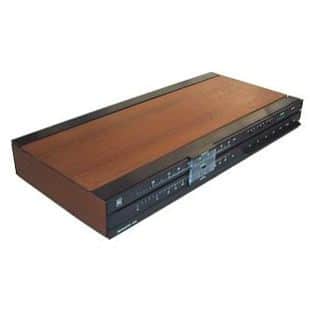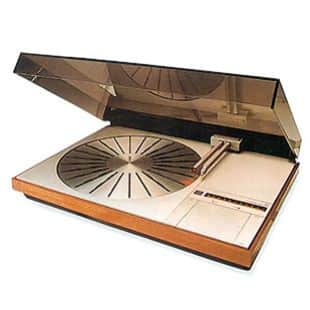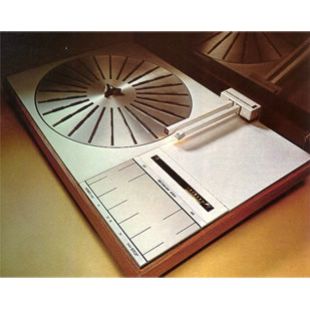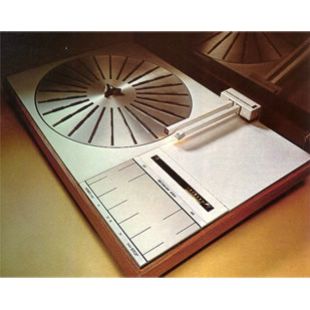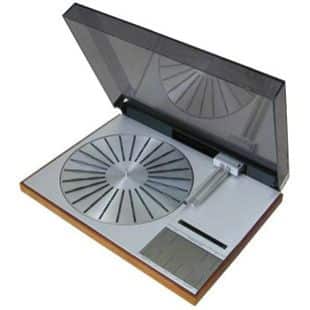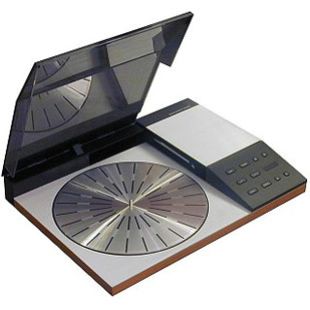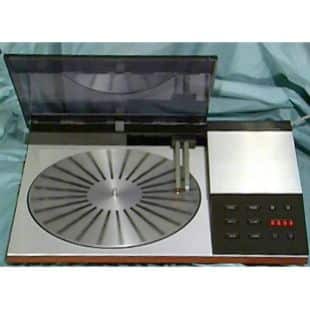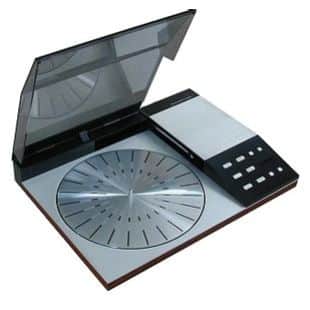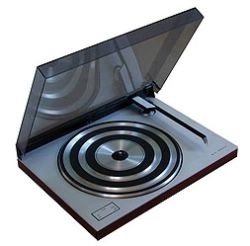BeoLab 2000
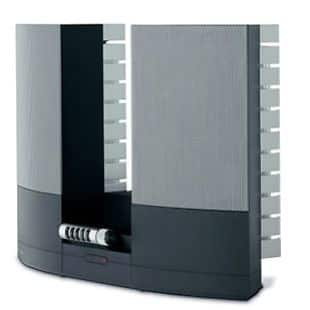
With BeoLab 2000 the customer is able to extend choices with a range of dedicated Beolink® products. These offer the maximum convenience when it comes to moving and controlling sound and vision around the home.
BeoLab 2000 is the second speaker from Bang & Olufsen specially made for the Beolink® system, MasterLink, the first being BeoLab 3500. This product was designed by Anders Hermansen. All its required electronics are housed within the speaker and the only thing needed is a cable to be plugged in. As with all MasterLink products, BeoLab 2000 is totally auto-configurating.
On the front of the speaker there are buttons to select which source to listen: CD, tape and so on, as well as track selection and on/off. There is also a volume control of course. The speaker can also be operated via a remote control – for example the Beolink 1000 or Beo4. The sound is really impressive considering the very small net volume. This speaker is best used in smaller rooms such as kitchens and bedrooms.
In the kitchen, a BeoLab 2000 connected to the BeoSound Ouverture or BeoSound 3000 in the living room will give you hands-on control of various sources. Via the link to the Beovision Avant, you can follow the news on TV and only watch if something catches your interest. In the kitchen, the bathroom or the garage this little active loudspeaker gives you the option of remote or hands-on control of tape, CD, radio, timer and volume.
“When it comes to sound reproduction we believe there’s only one relevant parameter: How close can we come to the originally recorded sound. We feel an obligation not to disturb the intentions of the artist by adding unnatural elements to the acoustic image. Therefore all Bang & Olufsen loudspeakers share the same goal. They differ in size and shape and in terms of sound pressure level. But they are all developed to reproduce the natural, unaltered sound as closely as possible ” – Bang & Olufsen catalogue 2001 – 2002
BeoLab 2000 is a flexible Beolink loudspeaker which is easy to accommodate and gives you the option of hands-on or remote control. On the front panel you choose between CD, tape or radio, turn on & off, up & down. A bracket for wall or corner mounting is included
Why build amplifiers into the loudspeakers instead of keeping them separate?
Because you can reduce the size of the cabinet volume to one-third of the size of a conventional loudspeaker with the same sound capacity. The principle is called Active Loudspeakers, and what you get is a compact loudspeaker that can play at high volume without distortion or damage to its drive units. Furthermore, when amplifier, treble and bass units are paired for the same task, they can be tailored to compensate for each other’s shortcomings. What you hear is music that sounds exactly like the instrument it originally came from.
The fine art of control of BeoLab 2000
A control knob on the front of the BeoLab 2000 allows hands-on operation, when or if a Beo4 remote control is not at hand. A perforated disc inside the knob breaks a beam of light in front of a sensor that counts the number of perforations and adjusts the sound level accordingly. No wear and tear and no distortion from worn out resistors.

